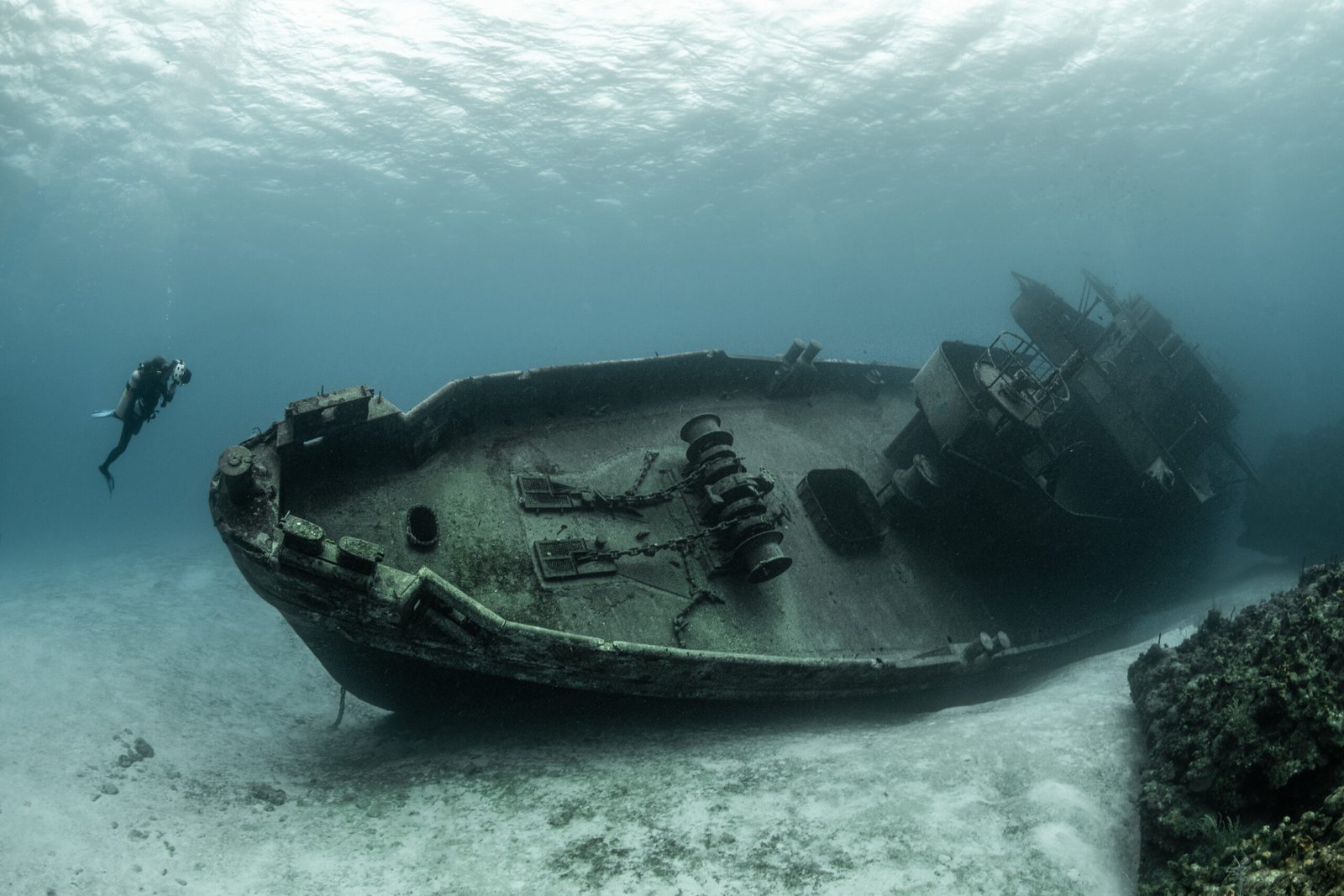The phrase plastic pollution in the ocean isn’t just a trending environmental concern—it’s a full-blown crisis with devastating effects on marine ecosystems. While it may seem like just another issue among many, the truth is stark and disturbing: plastic has invaded every corner of the ocean, threatening the survival of marine life from microscopic plankton to massive whales. If you’ve ever taken a walk along a beach littered with plastic bottles or watched a heartbreaking video of a turtle entangled in fishing nets, you’ve witnessed just a fraction of the destruction.
But what exactly is happening beneath the surface? How does plastic pollution in the ocean impact marine animals, and why should it matter to us? Let’s dive deep into the reality of our plastic-laden seas.
The Rise of Plastic: A Man-Made Menace
Plastics were once hailed as a revolutionary invention—cheap, durable, and versatile. Today, they’ve become an environmental nightmare. Around 8 million tons of plastic waste enter the oceans every year, and most of it comes from land-based sources. Once it finds its way into the water, it doesn’t just float away—it breaks down into smaller pieces known as microplastics, which are almost impossible to clean up.
What makes plastic pollution in the ocean so dangerous is its persistence. Plastic doesn’t biodegrade like organic materials. Instead, it fragments over hundreds of years, continuing to harm marine life long after it’s discarded.
Entanglement: A Trap for the Unaware
One of the most visible and painful consequences of plastic pollution in the ocean is entanglement. Marine animals often get caught in fishing lines, six-pack rings, and plastic bags. Turtles, dolphins, seals, and seabirds can become ensnared, leading to injuries, infections, suffocation, and often, a slow and agonizing death.
Imagine a sea turtle mistaking a plastic bag for a jellyfish—its favorite snack. Once swallowed, the bag can block the digestive tract, leading to starvation. These are not rare events; they happen by the thousands every single day.
Ingestion: Mistaking Trash for Food
Another horrifying impact of plastic pollution in the ocean is ingestion. Marine animals are not equipped to differentiate between plastic and food. Fish, turtles, seabirds, and even whales consume plastic debris, mistaking it for prey.
Once ingested, plastic clogs their digestive systems, causes internal injuries, and often leads to malnutrition. A study of seabirds found that 90% had plastic in their stomachs. When stomachs are filled with plastic, there’s no room for real food—resulting in slow starvation.
Even worse, these plastics often absorb toxic chemicals from surrounding water, making the ingested plastic not just physically harmful, but chemically poisonous as well.
Impact on the Food Chain
The effects of plastic pollution in the ocean aren’t limited to individual animals—they ripple through the entire food web. Microplastics are now found in plankton, the base of the marine food chain. As small fish eat plankton, and larger predators eat the small fish, plastic toxins work their way up the chain.
Eventually, these pollutants reach human beings who consume seafood. Studies have already found microplastics in the guts of commercially sold fish and shellfish. This contamination raises serious health concerns about the seafood we eat, creating a full-circle threat.
Coral Reefs: Another Casualty
Coral reefs—often called the rainforests of the sea—are also falling victim to plastic pollution in the ocean. Plastic waste smothers corals, blocks sunlight, and introduces harmful bacteria that cause disease. Damaged reefs don’t just affect fish; they impact biodiversity, local economies, and food security for millions who depend on healthy coral ecosystems.
Recent research shows that the presence of plastic increases the likelihood of coral disease outbreaks by a whopping 89%. Given that coral reefs support over 25% of all marine life, this is a catastrophic blow to ocean biodiversity.
Economic and Ecological Fallout
Beyond ecological destruction, plastic pollution in the ocean has severe economic repercussions. Coastal communities reliant on fishing and tourism are especially vulnerable. Dead zones, beach litter, and polluted waters repel tourists and reduce fish stocks—threatening livelihoods and food security.
Clean-up efforts cost billions of dollars annually, yet they only scratch the surface. The real solution lies in preventing plastic from entering the ocean in the first place.
What Can Be Done?
The fight against plastic pollution in the ocean must be a global effort, but individual actions matter too. Here’s how we can all contribute:
- Reduce single-use plastics: Say no to straws, bags, and plastic bottles.
- Recycle responsibly: Ensure plastics are sorted and processed correctly.
- Support bans and regulations: Push for legislation that limits plastic production and promotes alternatives.
- Join clean-up drives: Participate in beach and river clean-ups.
- Educate others: Awareness is a powerful tool for change.
Conclusion
Plastic pollution in the ocean is more than an environmental issue—it’s a clear and present danger to marine life and, ultimately, to humanity itself. From entanglement and ingestion to the slow decay of entire ecosystems, plastic is choking our oceans and everything that depends on them.
While the scale of the problem is immense, it’s not insurmountable. Every action counts. Whether it’s refusing a plastic straw, supporting sustainable brands, or joining community efforts, change begins with awareness and ends in action. The ocean has always provided for us—now it’s our turn to return the favor.


